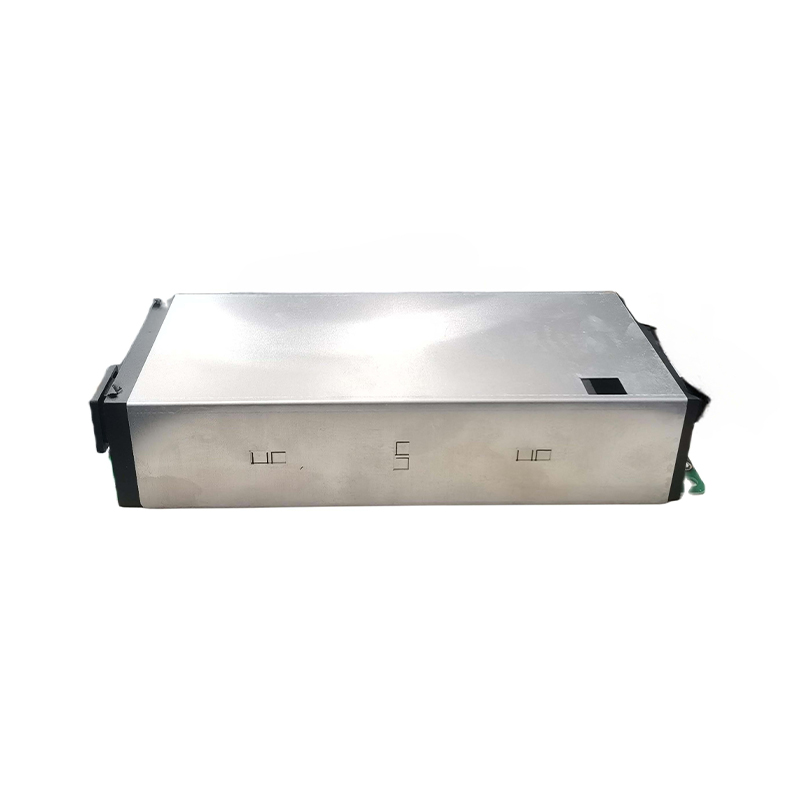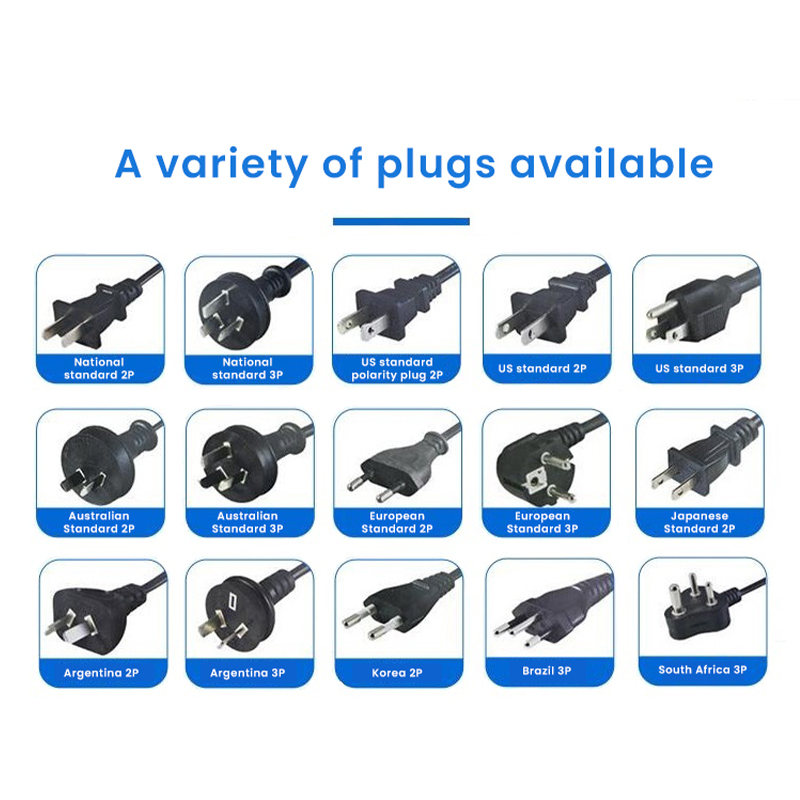In practical applications, the protection mechanism of an aluminum honeycomb panel needs to balance sensitivity and anti-interference capabilities.
- +86-13424225692
- pengshengye123@163.com
- 3rd Floor, Block B, Building 1, Aishang Industrial Park, No. 108 Honghu Road, Yanchuan Community, Yanluo Street, Bao'an District, Shenzhen City







